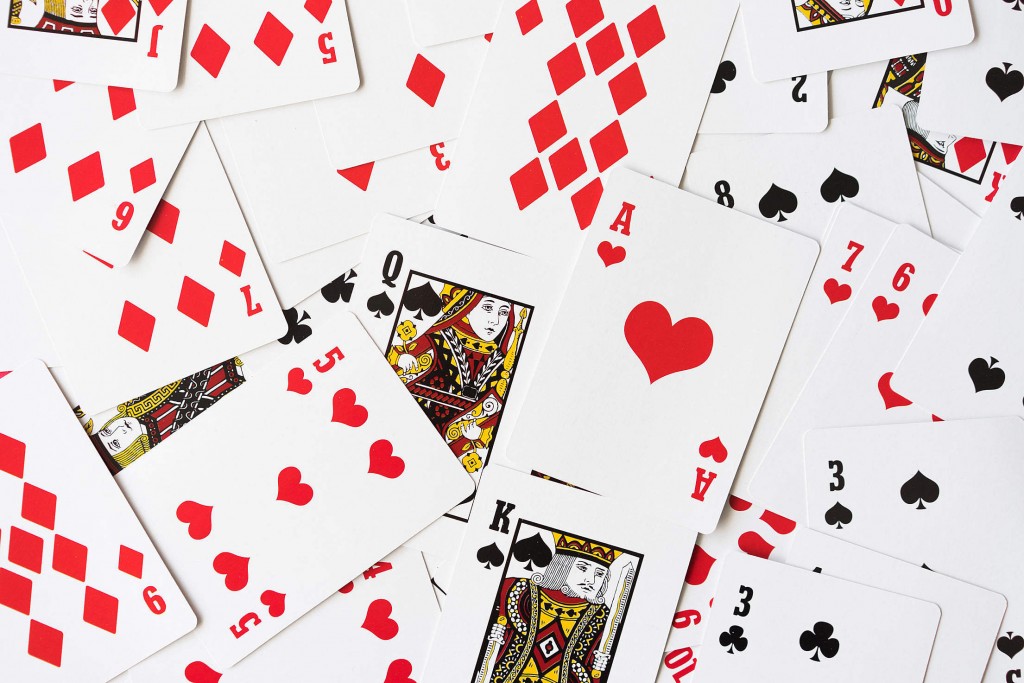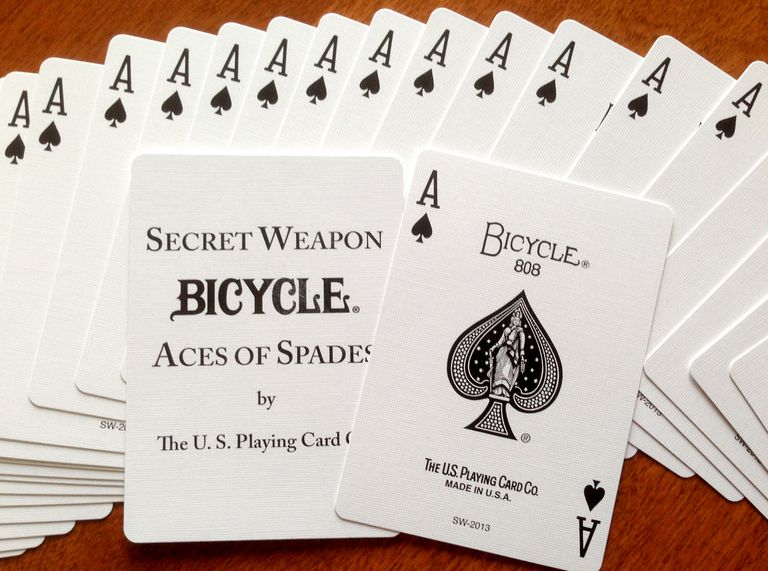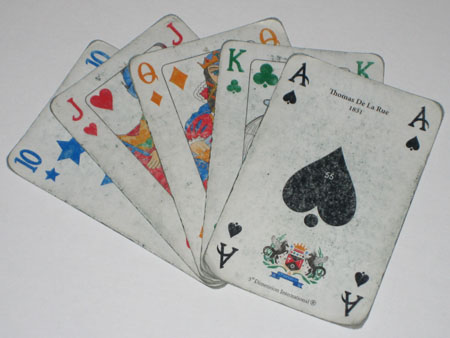
The origin of cards and their journey to Europe has only recently garnered interest. Various sources mention that they were first invented in China during the reign of the Tang Dynasty around the 800s AD. Others disagree and claim that they originated in India, then traveled to China, and only reached Europe after the fierce Crusades. They were brought by nomads from the Far East in the 13th-14th centuries.
One of the card researchers, E. S. Taylor, has his own story and version of the origin of cards. He claims that cards were brought to our continent by nomads of Romani descent. It is believed that the Romani traveled along the well-trodden paths of Persian traders in the North African region.
From this region, the Romani spread cards to southern Europe during the Middle Ages. Sources state that the Moors brought cards to Spain, and the Saracens to Italy. This version is supported by surviving examples of Arabic cards and medieval written sources.
From Spain and Italy, the cards spread to Germany and Switzerland. The composition of the cards also changed – Chinese cards depicted various symbols, Indian cards had bright colors, and French cards were simpler. The characters on the cards also changed – there were no queens, kings disappeared, and knights appeared.
Thus, different card images formed in various parts of Europe. The family symbols, color schemes, and even symbolic meanings and styles differed.
During the Early and High Middle Ages, it was very important to have high-quality, unique cards, as a handmade deck of cards was a status symbol.
Where is the most reliable place to play?
The Emergence of Standard Cards
Today we play with French cards, which spread around the 15th century. Due to their simple form, minimalistic symbols, and colors, these cards could be produced very quickly and with little effort.
There were only 12 court cards, and queens had already appeared among them. It is believed that this is related to the etiquette of French courts and the gallant assistance to women that was inseparable from it. Due to the simpler production of cards, more easily understood symbols, fewer mistakes in games, and cheaper production, France became the main supplier of cards in Europe in the 16th century.
Another interesting fact is that in the mid-18th century, craftsmen from a small French town came up with the idea of drawing cards in a mirrored manner – when flipped, the cards looked the same. This innovation caused a real revolution in the card business, further accelerated by the card production technology invented by the British card manufacturer T. de la Rue, which allowed cards to be colored in four colors at once.
Due to all the innovations and favorable economic conditions during the Enlightenment, by the mid-19th century, English factories were producing hundreds of thousands of cards.
A little later, besides the usual playing cards, unique sets began to be produced, depicting not only aristocrats but also figures from literature, culture, politics, and historical persons. However, these were impractical – they were suitable only as fashionable souvenirs.
Card Production
The very first cards were drawn, and later stencils were used to speed up the process. This method was not efficient, as only the wealthiest could afford such cards. Cheaper ones were also made, but they wore out very quickly.
The first professional production methods in the history of cards appeared in the 15th century in Germany, where cards began to be reproduced using xylography – printing images from woodcuts painted with ink. This, albeit minor, technological advancement helped cards spread throughout Europe, as many more could be produced.
In the 16th century, woodcuts were replaced by copper engravings. Woodcut cards were obtained by carving out the background of the drawing, while copper engravings involved engraving the drawing itself. This method allowed for more copies to be printed, and the prints were sharper and of better quality.
In the early 19th century, cards began to be printed using lithography – using limestone plates (lithographic stones) for the clichés. Later, colored lithography also spread (each color of the drawing was printed from a different cliché), and other printing methods. This allowed for the production of colored cards, making them accessible to everyone.
Modern cards are usually made from several layers of paper. This paper is obtained by gluing together separate sheets of paper, making it much more durable. To make the decks of cards long-lasting and not wear out quickly, they are coated with a thin transparent film – laminated.
Besides paper cards, there are also plastic cards, which are highly resistant to damage and moisture, making them of higher quality. You probably haven't noticed that the surface of the cards is often not perfectly smooth but almost imperceptibly textured to prevent them from slipping out of your hands.
Thus, the variety of cards is astonishing: they come in all sizes, shapes, styles, and themes, but the most commonly chosen is still the classic standard deck.
Cards as a Weapon of War?
Cards were used not only for games or fortune-telling but also as weapons on the battlefield. During World War II, one of the largest card manufacturers of our time, the US company “Bicycle,” secretly working with the US government, produced special cards that were sent as gifts to American soldiers imprisoned in German war camps.
No one suspected that these cards helped commit another crime – hidden between the special paper layers of these cards were precise escape plans from specific camps. The cards just needed to be moistened, and their layers would easily separate.
During the Vietnam War (1964-1973), this company received another request from the US military – to produce cards consisting solely of ace of spades. Soldiers used them in psychological warfare. It turns out that French fortune-telling with cards was widespread in Vietnam (Vietnam was a French colony for a long time). The ace of spades symbolized death and suffering. The Vietnamese were very superstitious, so seeing the ace of spades caused them discomfort and fear. Even more interestingly, “Bicycle” printed this card with an intricate design: the Statue of Liberty in the middle of the spade symbol.
Superstitious Vietnamese believed it to be the goddess of death. Thousands of such decks were sent to US soldiers in Vietnam. Soldiers scattered the ace of spades everywhere to psychologically affect the enemy. Even today, card manufacturers profit from the ace of spades by printing advertisements, their company name, or other company-representing symbols on it.

Interesting Facts About Cards
In Europe, there were several attempts to ban cards. The church tried to convince believers that they were the devil's invention, as some people easily got rich playing for money, while others lost all their wealth.
The US Playing Card Company, abbreviated as USPC, based in Cincinnati, Ohio, is the largest card manufacturer in the world. It was founded in 1867. Currently, it produces over 100 million decks of cards annually! They manufacture “Aristocrat,” “Aviator,” “Hoyle,” “Bicycle,” and many other popular card designs.
From a deck of 52 cards, it is possible to form 2,598,960 different 5-card combinations. Did you know that there can be more combinations in a deck of cards than there are stars in the Milky Way? The Milky Way has about 400 billion stars.
Another interesting fact related to card games: In China, the number “4” is considered unlucky, so some of the most luxurious casinos in Las Vegas do not have a fourth floor in their hotels, and the fifth floor comes right after the third.
Moreover, at one time, cards could be used to pay for services! In 1865, a Canadian governor used a deck of cards as currency to pay taxes. This was the first paper currency used in Canada.
It's no news that Queen Marie Antoinette of France was addicted to gambling and had a severe dependency. Her husband, Louis XVI – the Sun King – even ordered her to stay away from the gambling table. Legends say that she begged him to let her play one more, last time. The king relented, and Marie Antoinette made sure the game lasted for three days.

In 1937, there was an attempt to introduce a fifth suit of cards into the standard deck, but this attempt quickly failed because too many people were unhappy about having to buy new cards.
Card World Records
Cards can not only be used for strategic games but also for more interesting activities, such as building card houses.
The latest record (as of January 23, 2023) for building a card house belongs to Arnav Daga from India, located in Kolkata, West Bengal, India. The massive playing card structure measures 12.21 meters (40 feet) in length, 3.47 meters in height, and 5.08 meters (16 feet and 8 inches) in width.
Arnav has enjoyed arranging cards since he was 8 years old, and during the Covid-19 pandemic, it became a significant goal for him to earn a Guinness World Record title. After many years of training, he claimed he was finally ready.
He created a structure that included about 143,000 playing cards. This structure depicted four famous locations in Kolkata: Shaheed Minar, St. Paul's Cathedral, Salt Lake Stadium, and the Writer's Building. It took him 41 days to complete this project.
Cards have also caught the attention of collectors. Dutch-American J.K. van Rensselaer has one of the largest collections in the world. Her card collection consists of 900 decks of various origins, types, and different periods.
Meanwhile, Italian collector T. De Santis has amassed 8,520 different jokers. The collection is unique in that it does not contain any identical joker designs, and they are collected from all over the world, of various ages and shapes – square, round, fish-shaped, star-shaped, even bone-shaped or just a few millimeters in diameter.





